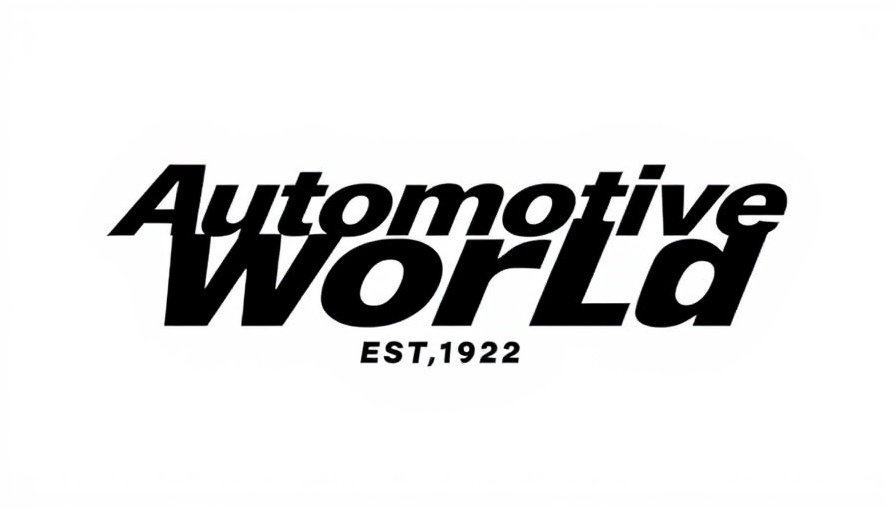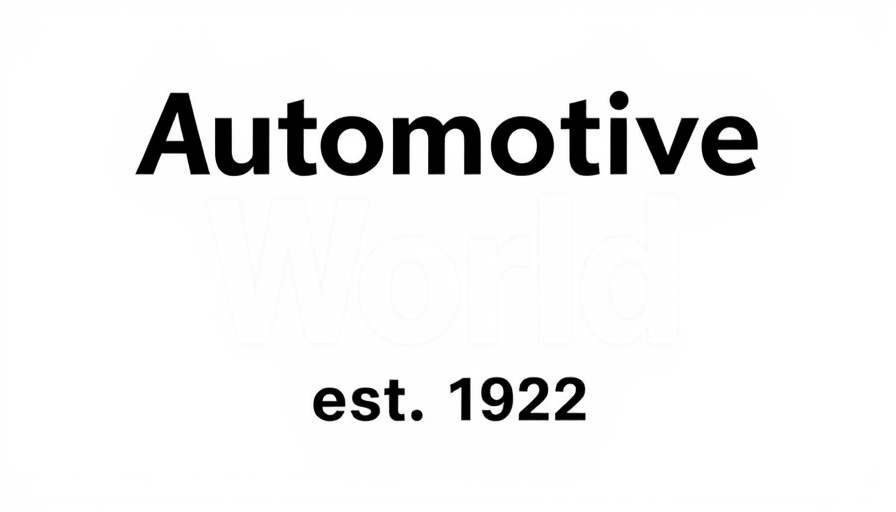
Transforming Urban Deliveries: The Future of Sustainable Transportation
As the world increasingly faces the challenges of climate change and urban congestion, innovative solutions are essential. Clean Motion is stepping up to the plate by participating in a groundbreaking project designed to electrify last-mile deliveries in Stockholm. Through battery swap technology integrated into the solar-charged electric vehicle, EVIG, this project aims to redefine sustainable urban transportation.
Collaborative Efforts for a Greener Future
In collaboration with key stakeholders such as the City of Stockholm, Lund University, GoCimo, and Foodora, Clean Motion is working towards the ambitious goal of reducing emissions in the city’s inner areas by 2030. The shared battery infrastructure will empower various electric vehicle types—from e-mopeds to electric transport vehicles—ensuring a sustainable and efficient delivery process.
Unlocking New Efficiency with Battery Swap Technology
One of the pivotal features of this project is the implementation of battery swap technology, providing operators such as Foodora with uninterrupted operations. The EVIG vehicle is designed to operate without the need for charging stops, maximizing efficiency and reducing operational costs. Daniel Gustafsson Raba, COO at Foodora, expressed the advantages of such a system, highlighting improved logistics and environmental impact.
Advantages of a Shared Battery Infrastructure
Stockholm’s existing battery swap infrastructure, championed by GoCimo, serves as a cornerstone for expanding the application of this technology to more electric vehicles. This presents Clean Motion an opportunity to enhance the flexibility of the EVIG model, allowing for continuous operation in busy urban settings. William Collings, CTO at Clean Motion, underscores that adapting to these new technologies is essential for maintaining competitiveness in a rapidly evolving market.
Fostering a Sustainable Urban Environment
The efforts undertaken in this project are aligned with Stockholm’s broader environmental goals, focusing on creating a vibrant and livable city. Electric vehicles like the EVIG not only contribute to lowering emissions but also play a vital role in enhancing the quality of life for urban residents by reducing noise pollution and congestion. Lars Strömgren, Vice Mayor for Transport, emphasizes the need for a shift towards smaller electric vehicles for a cleaner, more pleasant urban experience.
What’s Next for Battery Swap Technology?
As this project unfolds, its impacts will be closely monitored over the next 12 months in various testing environments, including sensitive areas like Gamla Stan. The insights gained will not only benefit the local objectives but also serve as a blueprint for similar initiatives worldwide, demonstrating the potential of battery swap technology in creating efficient and eco-friendly urban logistics systems.
The integration of battery swap technology by Clean Motion is not just a step forward for their vehicle but a leap towards achieving sustainable urban delivery systems. As businesses recognize the advantages of such innovative solutions, the automotive industry is set to experience a transformative shift—leading to profitable, sustainable, and uninterrupted operations in urban settings.
 Add Row
Add Row  Add
Add 

 Add Row
Add Row  Add Element
Add Element 




Write A Comment